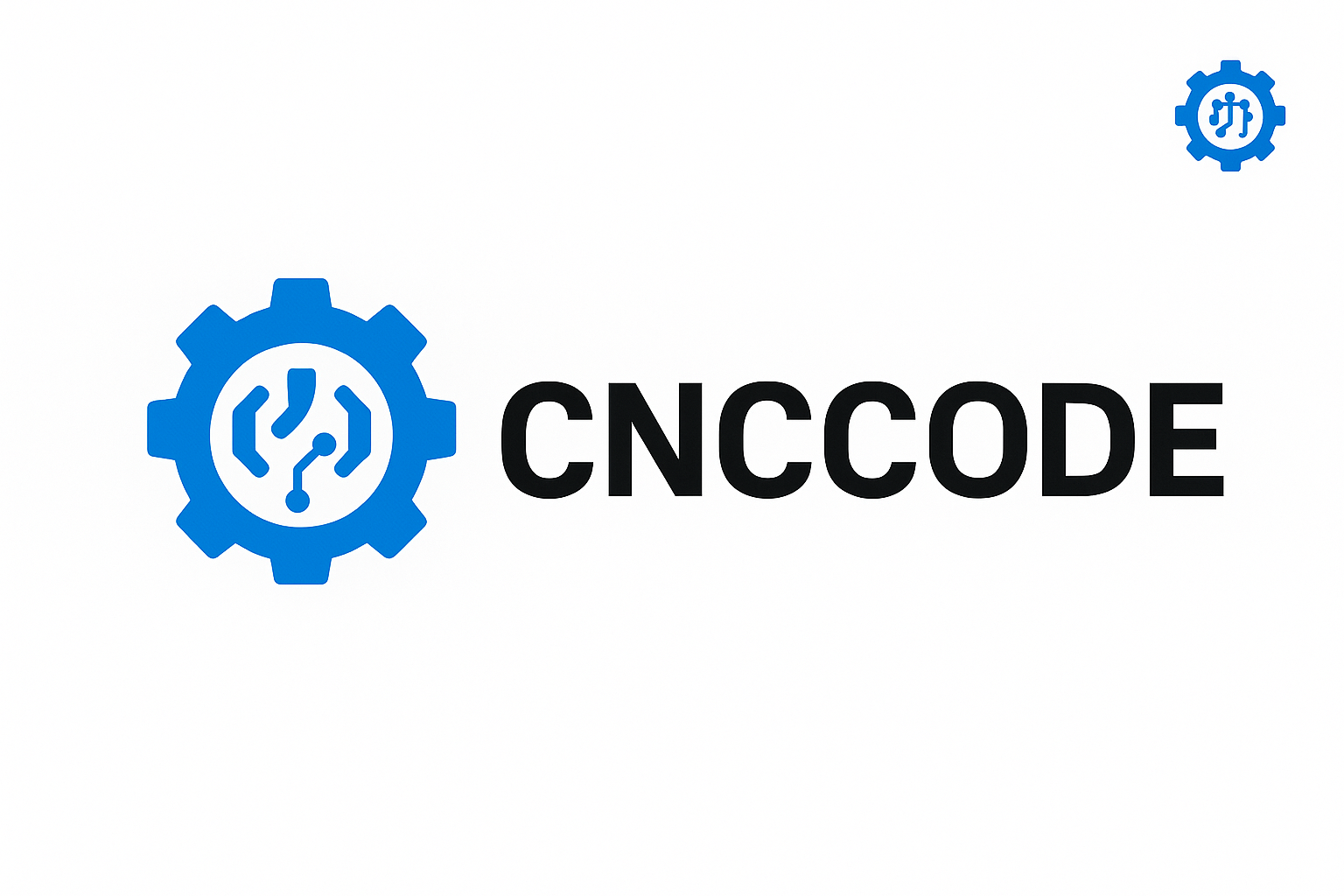Discover the complete guide to CNC machines and hardware in 2025. Learn about machine types, essential components, performance optimization, and the latest innovations in one power-packed resource.
Introduction:
Welcome to the definitive resource for everything you need to know about CNC machines and their essential hardware components. Whether you’re a beginner or a seasoned machinist, understanding the heart of your CNC setup is crucial to maximizing performance, efficiency, and reliability.
1. Types of CNC Machines:
CNC machines come in various forms, each designed for specific tasks. Here’s a breakdown of the most popular types:
- CNC Milling Machines: Used for shaping solid materials with rotating cutting tools.
- CNC Lathes: Ideal for cylindrical parts, these rotate the workpiece against cutting tools.
- CNC Routers: Excellent for wood, plastic, and soft materials.
- CNC Plasma Cutters: Suitable for cutting metal using high-temperature plasma torches.
- CNC Laser Cutters: Precision cutting with laser beams, ideal for intricate details.
- CNC EDM (Electrical Discharge Machines): Used for hard metals and dies.
- CNC Swiss Machines: Known for high-precision small parts production.
Each machine has a unique structure and use case, making machine selection a key strategic decision for any workshop.
2. Core CNC Hardware Components:
Let’s dive into the essential hardware that powers a CNC machine:
- Frame/Chassis: Provides structural integrity; aluminum and steel are commonly used.
- Spindle: The motor that drives the cutting tool; spindle speed and power define cutting performance.
- Stepper or Servo Motors: These control movement; servo motors are more accurate and efficient.
- Ball Screws: Convert rotary motion into linear motion with minimal backlash.
- Linear Rails & Guides: Ensure smooth and precise linear motion.
- Controller Board: Acts as the brain of the CNC system.
- Power Supply: A stable power source is essential for performance and longevity.
- Cooling Systems: Used to manage heat from the spindle and cutting process.
3. Performance Optimization Tips:
To get the most out of your CNC hardware, consider these proven tips:
- Use high-quality ball screws and linear guides to reduce backlash and increase accuracy.
- Upgrade to servo motors for high-speed, high-precision applications.
- Implement proper spindle cooling systems to prevent overheating.
- Use vibration dampening mounts to reduce noise and improve cut quality.
- Maintain your machine regularly – lubrication, alignment checks, and part replacements.
4. CNC Upgrades Worth Considering:
Enhancing your CNC machine can significantly improve its capabilities:
- Automatic Tool Changer (ATC): Increases efficiency in complex jobs.
- Enclosures and Dust Collection Systems: Improve safety and cleanliness.
- Touch Probes: Assist in automated workpiece setup and alignment.
- Upgraded Motion Controllers: Offer better processing speed and feature support.
- Advanced Spindle Drives: For higher RPM and cutting flexibility.
5. CNC Hardware in 2025 – What’s New?
The CNC world in 2025 is evolving rapidly with advancements like:
- AI-powered predictive maintenance systems.
- IoT-enabled CNC hardware for real-time remote monitoring.
- Magnetic linear drives replacing traditional ball screws in high-end setups.
- Wireless control interfaces with AR-based diagnostics.
- Eco-friendly cooling systems using phase-change materials.
Keeping your hardware future-proof ensures you’re not left behind as the industry moves forward.
6. Common Hardware Issues & How to Fix Them:
Here are a few common problems and their solutions:
| Problem | Cause | Solution |
|---|---|---|
| Spindle overheating | Inadequate cooling | Check cooling system or install a chiller |
| Vibration during operation | Loose mounts or worn components | Tighten all bolts and replace old bearings |
| Lost steps in motors | Undervoltage or faulty wiring | Inspect power supply and motor wiring |
| Backlash in axis | Worn ball screws or misalignment | Replace ball screws, realign guides |
7. Conclusion: Why Hardware Knowledge Matters
Understanding your CNC hardware is not just for maintenance—it’s for mastery. The more you know about your machine’s mechanical and electronic components, the better you can tune, troubleshoot, and innovate.
To stay updated on the latest CNC insights, tutorials, and expert discussions, visit cnccode.com — your go-to platform for CNC mastery.

Leave a comment